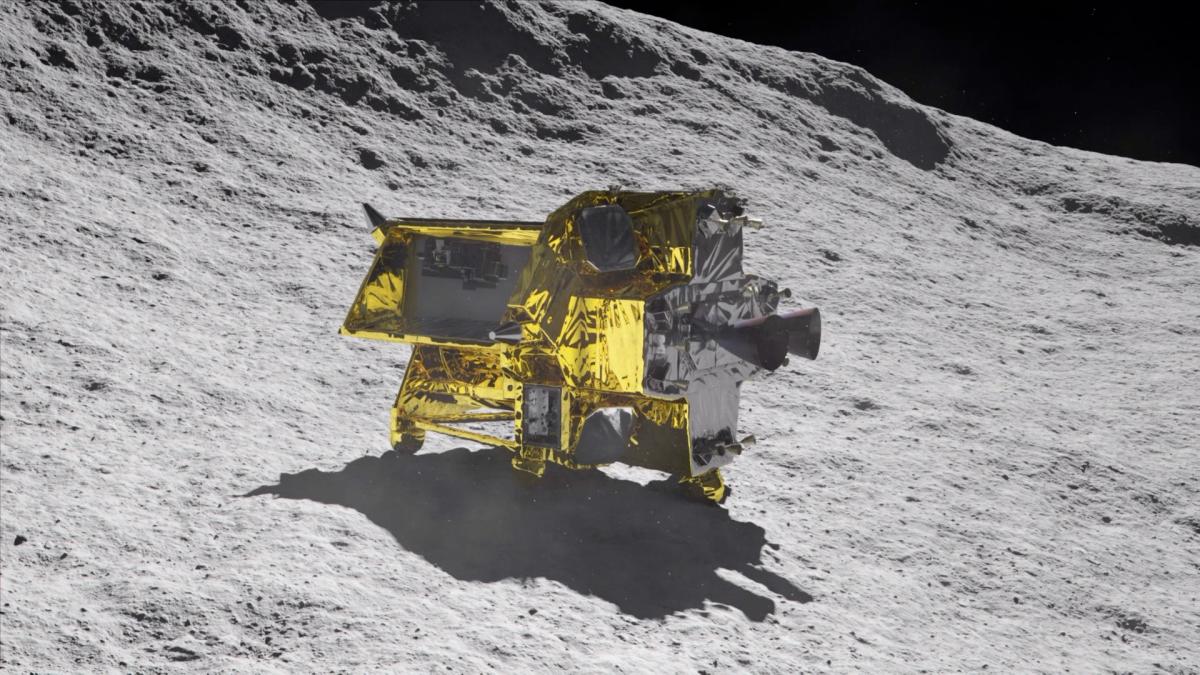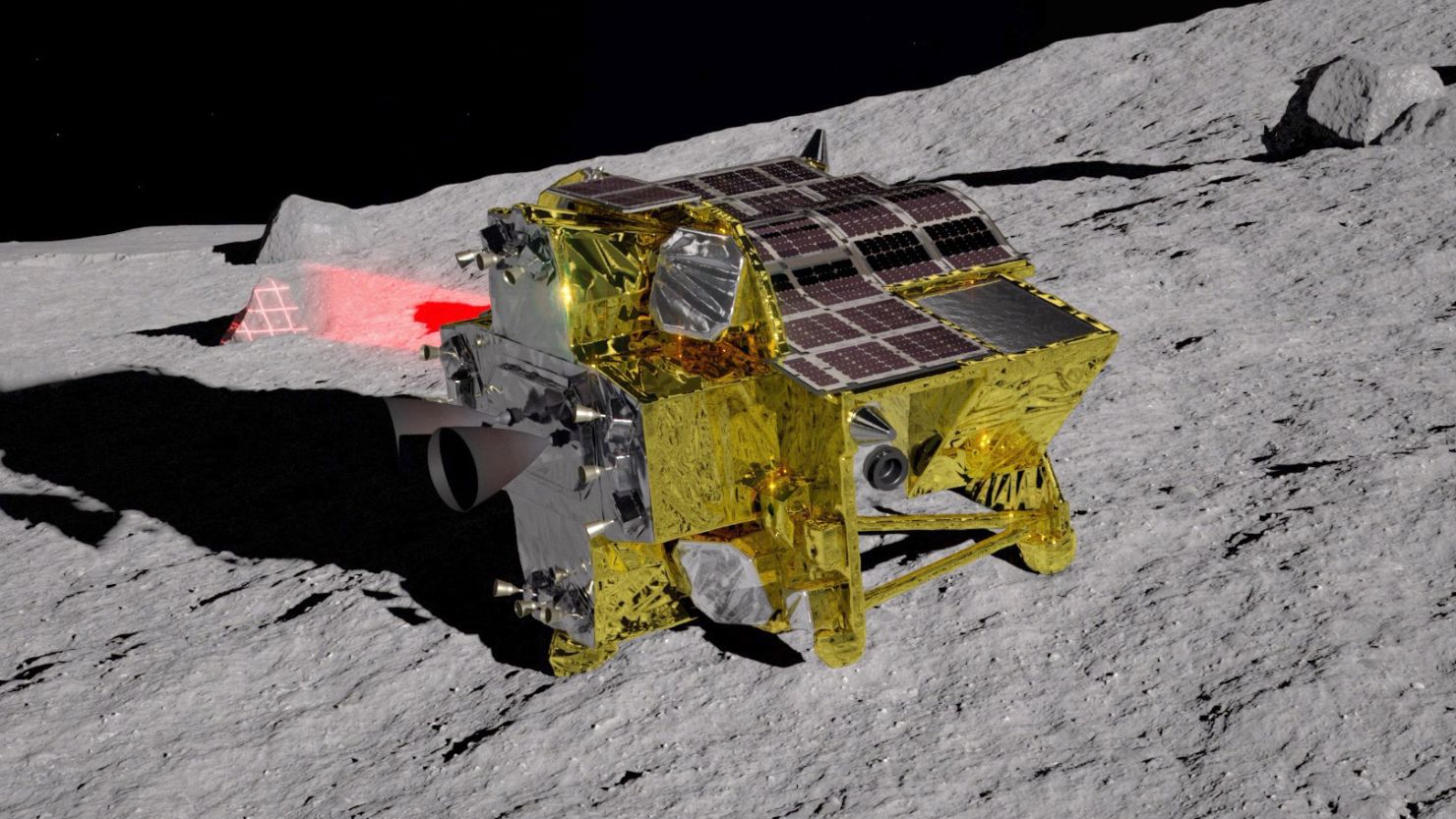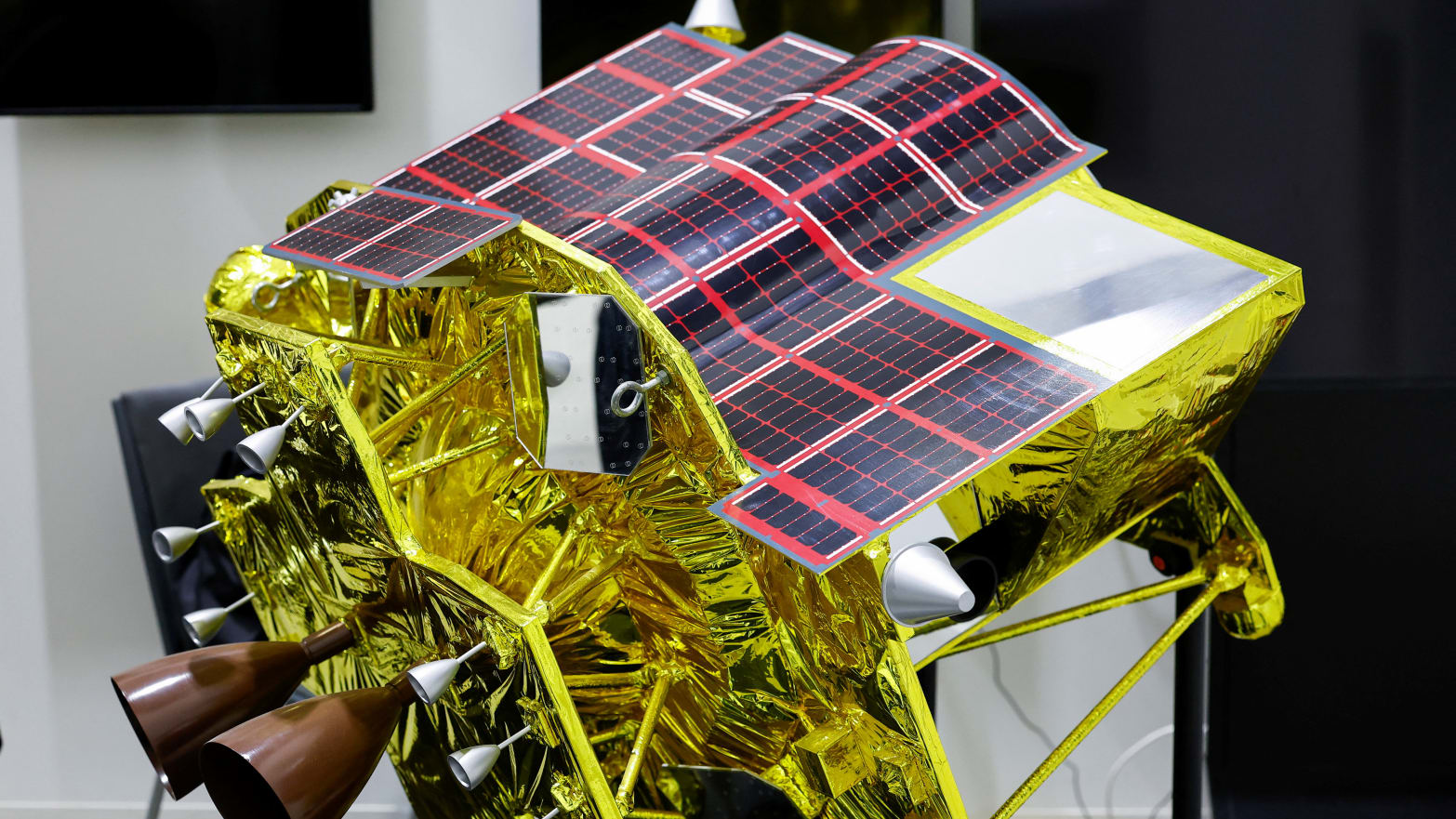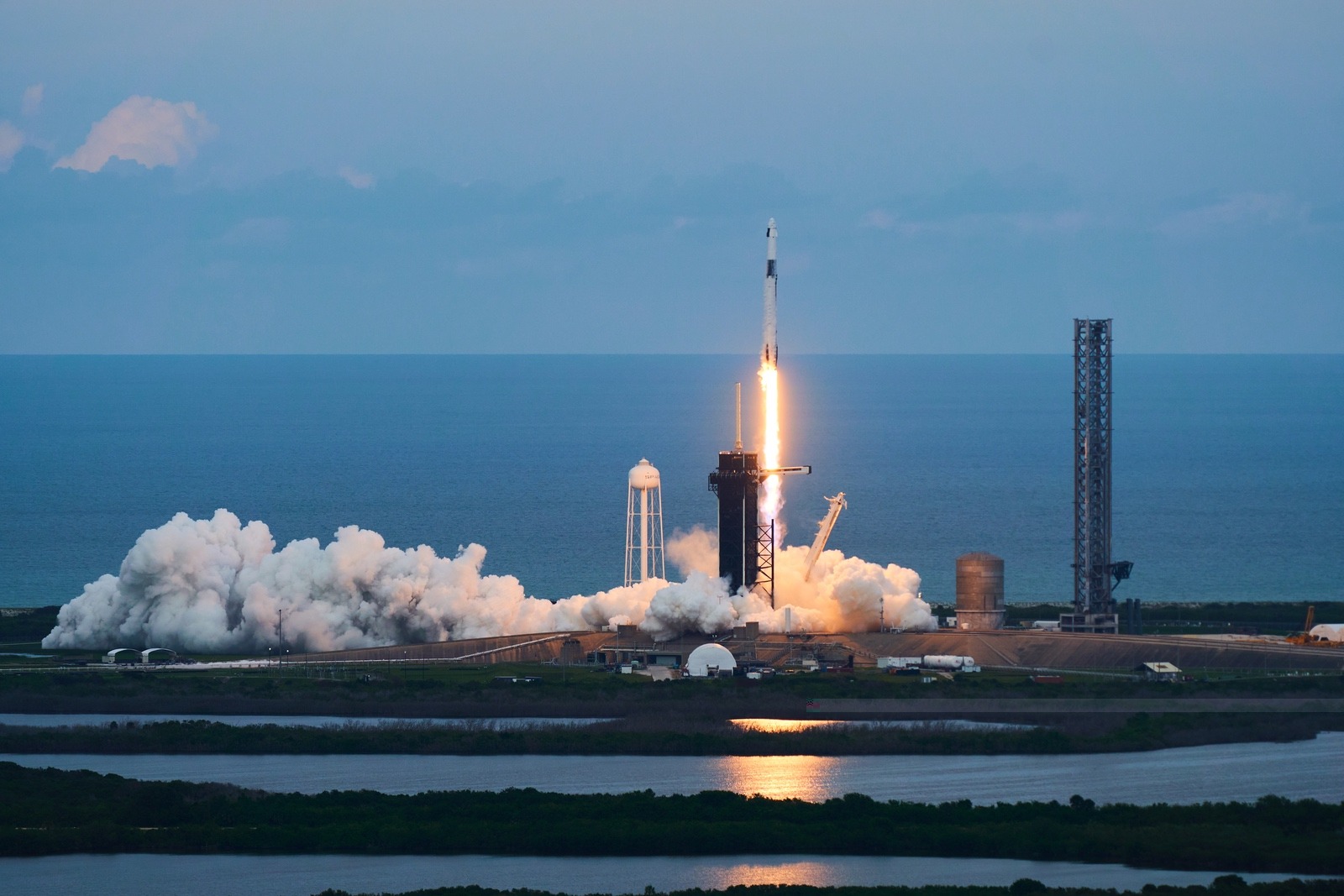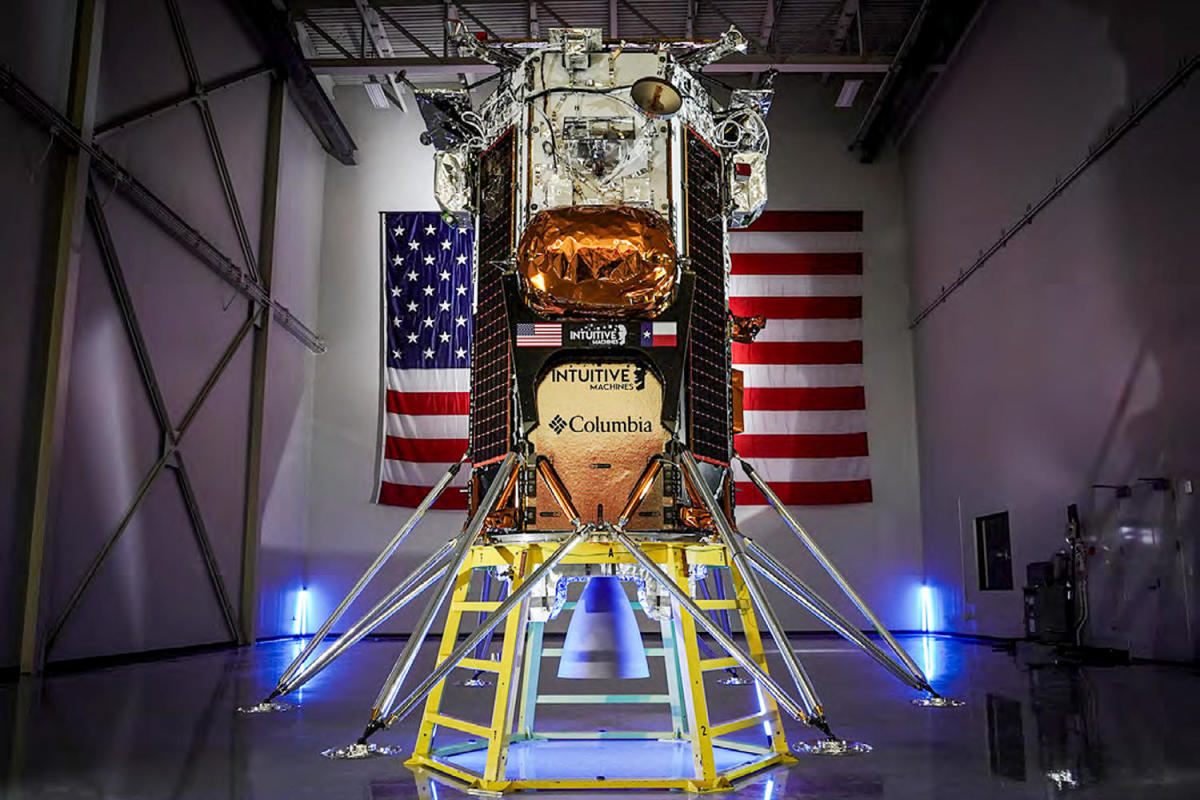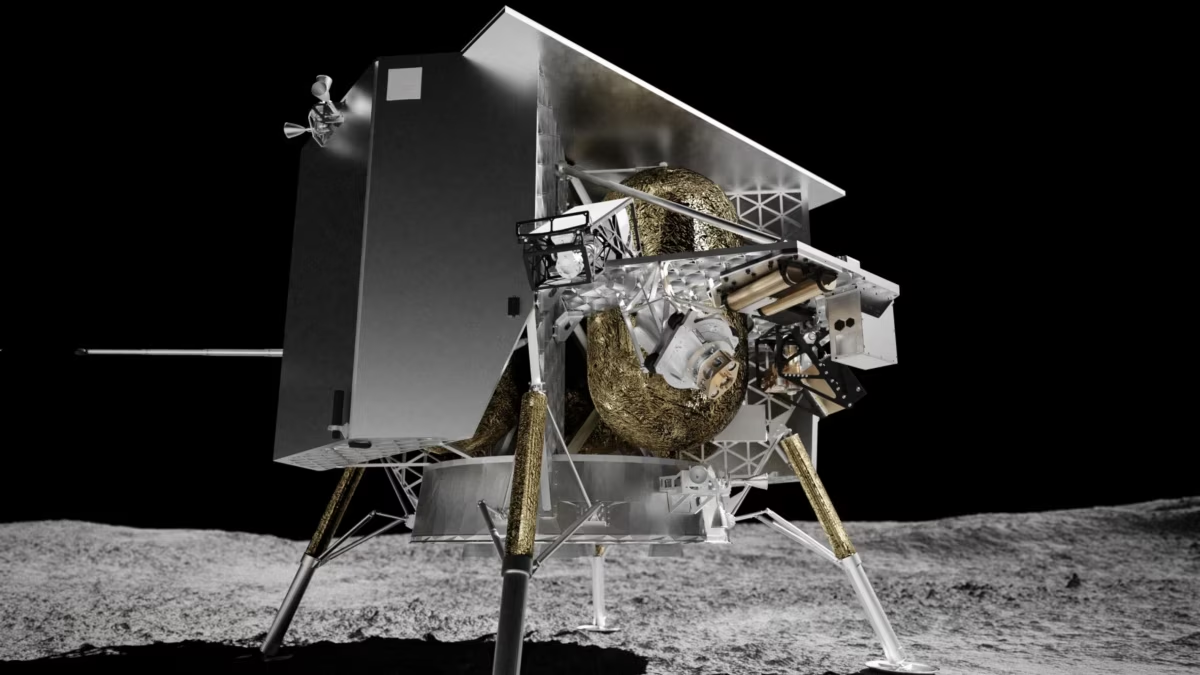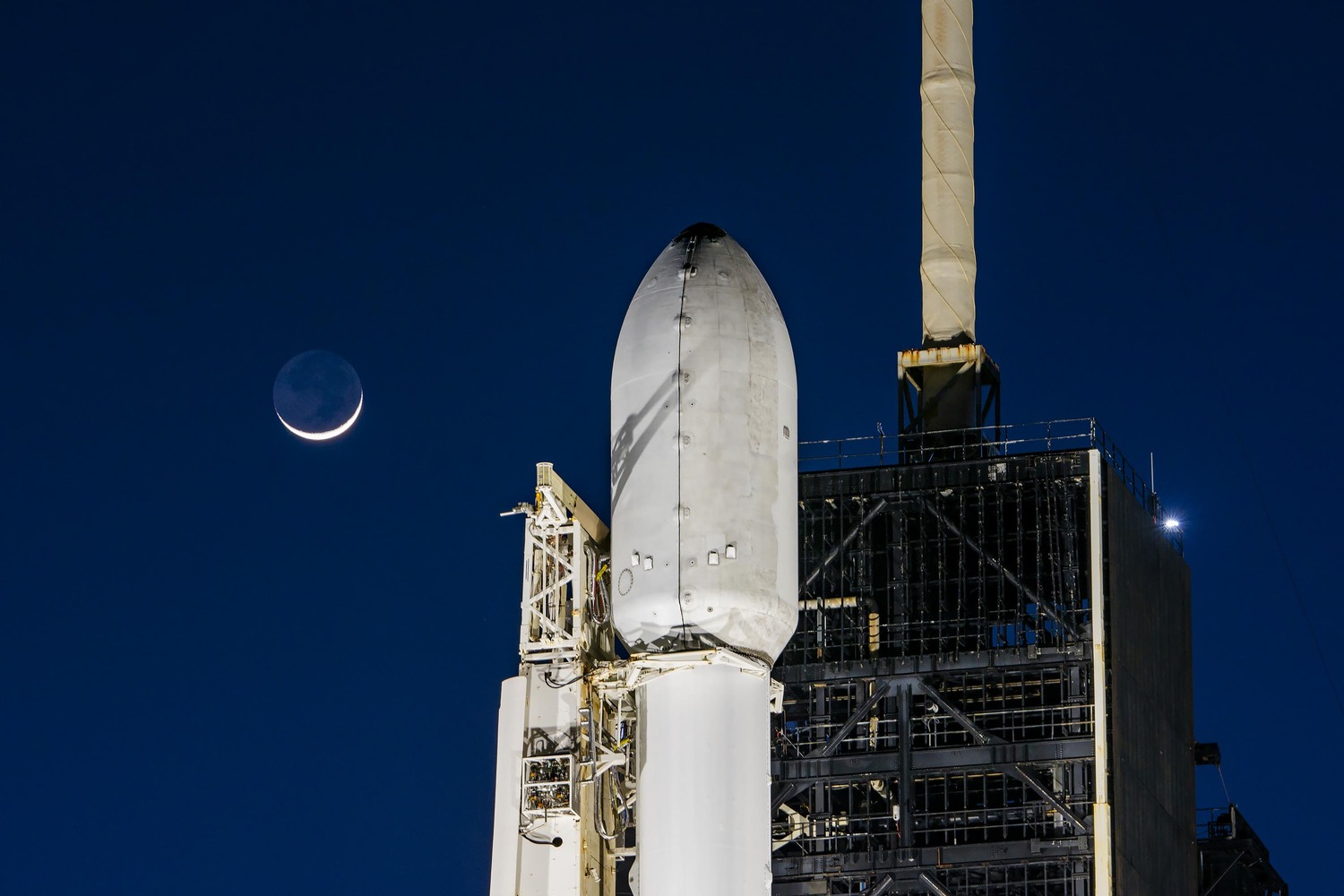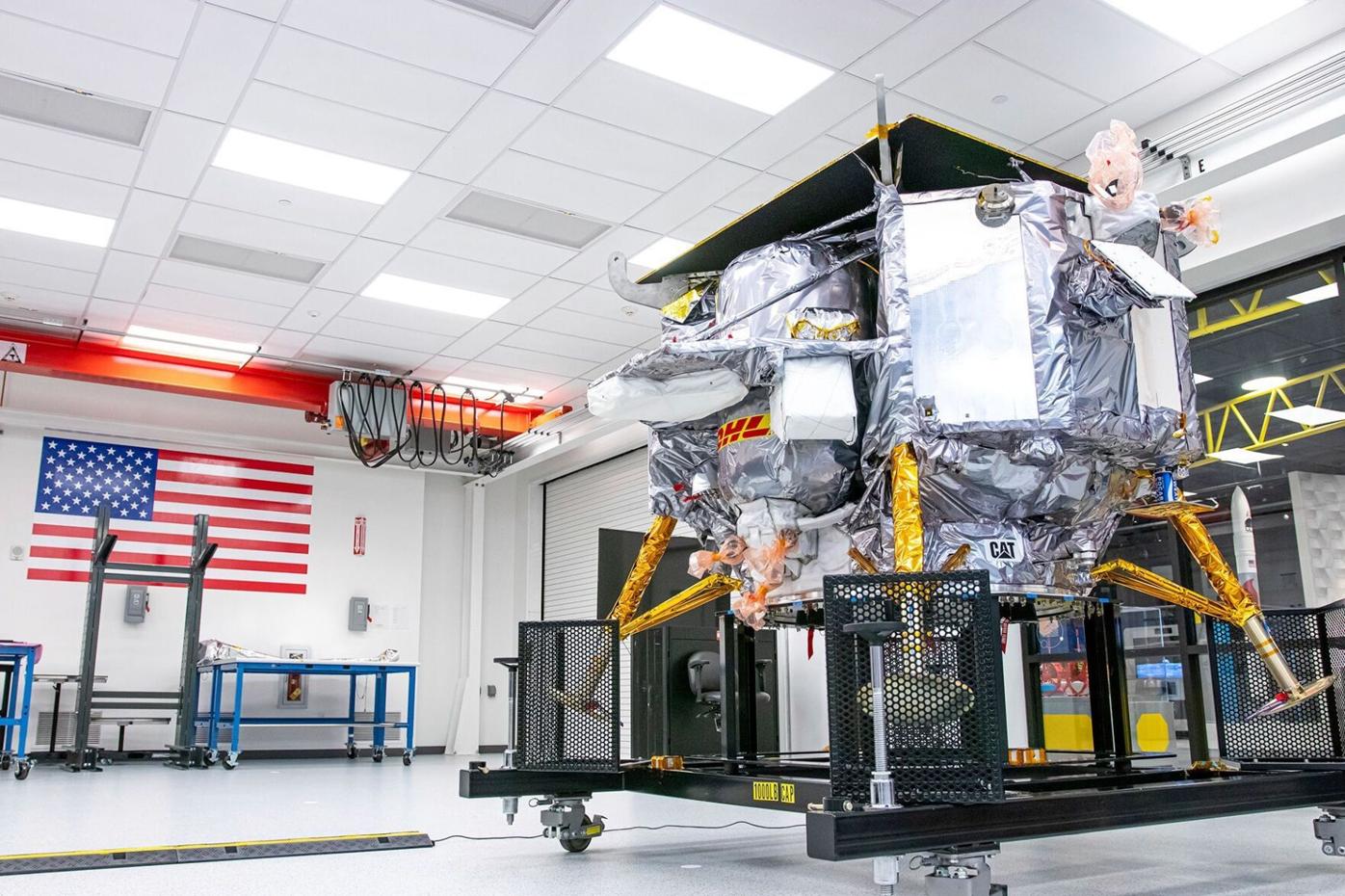Japan’s long-planned Smart Lander for Investigating Moon (SLIM) has achieved a historic milestone by successfully landing on the lunar surface. This accomplishment marks Japan as the fifth nation in history to achieve this feat. However, the mission faces a critical challenge as its solar cells are currently not generating electricity, posing a threat to its operational lifespan.
Key Takeaway
Japan’s SLIM mission has made a historic landing on the Moon, but is facing potential limitations due to issues with its solar cells. The successful deployment of the Lunar Excursion Vehicles provides hope for gathering essential data despite the challenges.
Challenges with Solar Cells
Following the early-morning landing on the Moon, the directors of JAXA and the mission revealed that while the soft landing was successful and SLIM has been communicating and receiving commands, the solar cell is not generating electricity. The team is working to identify the issue, as the other sensors are functioning correctly, indicating that the problem is likely limited to the solar cells themselves.
Limited Lifespan
If the issue with the solar cells persists, running on battery power is not a sustainable solution. This could result in the main lander having only a few hours of operational life. The team is diligently working to resolve the solar cell problem to ensure the mission’s continued success.
Successful Deployment of Lunar Excursion Vehicles
Despite the solar cell challenge, the two Lunar Excursion Vehicles (LEV-1 and LEV-2) carried by SLIM have been successfully deployed. These sub-crafts are expected to capture images of the landing area and SLIM itself, providing valuable data for the mission.







